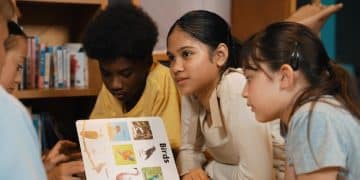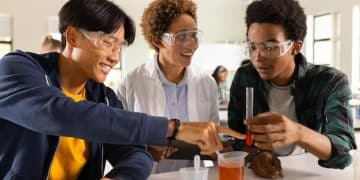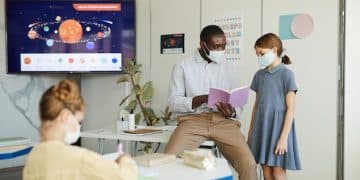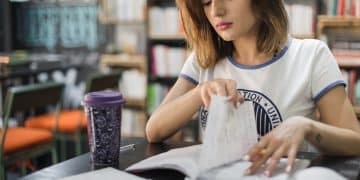Best Practices for Personalized Learning in the Classroom
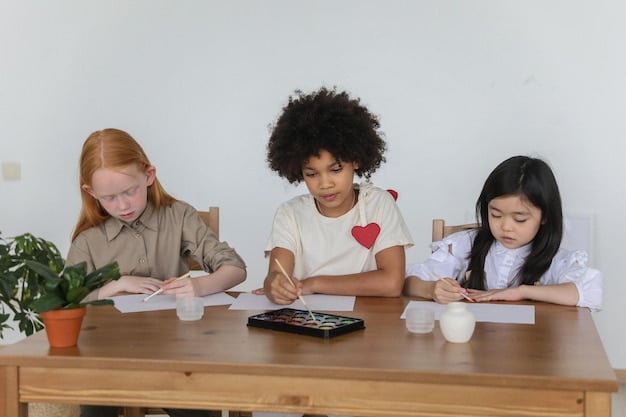
Anúncios
Personalized learning in the classroom enhances student engagement and achievement by tailoring instruction to individual needs and learning styles, fostering a more effective and inclusive educational environment.
Are you looking to transform your classroom into an environment where every student can thrive? Embracing best practices for implementing personalized learning in the classroom is the key to unlocking each student’s unique potential. It’s all about tailoring education to meet individual needs and learning styles.
Anúncios
Understanding Personalized Learning
Personalized learning is an educational approach that aims to customize learning for each student’s strengths, needs, skills, and interests. It’s about moving away from a one-size-fits-all model and creating a learning experience that is as unique as the students themselves.
Key Components of Personalized Learning
Personalized learning isn’t just about using technology; it’s a holistic approach that involves several key components working together.
Anúncios
- Student-Driven Learning: Empowering students to take ownership of their learning journey, setting goals, and making choices about how they learn.
- Flexible Content and Tools: Providing a variety of resources and tools to cater to different learning styles and preferences.
- Data-Driven Instruction: Using data and analytics to inform instructional decisions and track student progress.
- Personalized Support: Offering individualized support and guidance to help students overcome challenges and achieve their goals.
By focusing on these components, educators can create a learning environment that is both engaging and effective, leading to improved student outcomes.
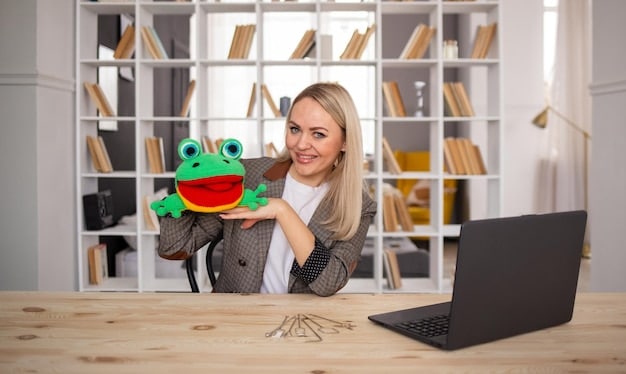
Assessing Student Needs and Learning Styles
Before implementing personalized learning, it’s crucial to understand your students. This involves assessing their individual needs, learning styles, and interests to create a tailored learning experience.
Identifying Learning Styles
Every student learns differently, and identifying these differences is a crucial step in personalized learning. Consider the following learning styles:
- Visual Learners: These students learn best through visual aids like diagrams, charts, and videos.
- Auditory Learners: These students prefer learning through listening, such as lectures, discussions, and audio recordings.
- Kinesthetic Learners: These students learn by doing, benefiting from hands-on activities, experiments, and movement.
- Reading/Writing Learners: These students excel through written information, benefiting from note-taking, reading assignments, and written tasks.
Understanding which learning styles resonate with your students will allow you to adapt your lessons and materials to suit their individual preferences, making learning more effective.
Setting Individualized Learning Goals
Once you have a good understanding of your students’ needs and learning styles, the next step is to set individualized learning goals. These goals should be specific, measurable, achievable, relevant, and time-bound (SMART).
By setting SMART goals, you can help students stay focused, motivated, and on track to achieve their full potential.
Utilizing Technology for Personalized Learning
Technology can be a powerful tool for implementing personalized learning in the classroom. There are countless apps, platforms, and resources available that can help you tailor instruction to meet individual student needs.
Examples of Educational Technology Tools
Here are a few examples of technology tools that can be used to implement personalized learning:
- Adaptive Learning Platforms: These platforms adjust the difficulty level of content based on student performance, providing a personalized learning path.
- Learning Management Systems (LMS): These systems help you organize and deliver content, track student progress, and communicate with students and parents.
- Digital Content Libraries: These libraries provide access to a wealth of digital resources, including ebooks, videos, and interactive simulations.
By integrating these tools into your teaching practice, you can create a more engaging, effective, and personalized learning experience for your students.
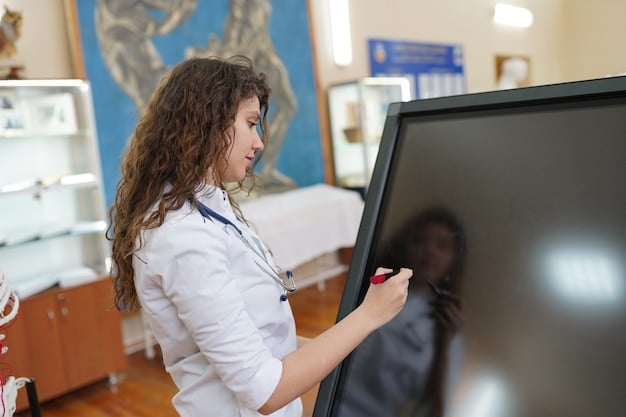
Creating a Flexible Learning Environment
A flexible learning environment allows students to learn at their own pace and in their own way. This involves providing a variety of learning options, such as:
- Self-Paced Learning Modules: Allowing students to work through content at their own speed, revisiting concepts as needed.
- Choice Boards: Providing students with a menu of activities to choose from, allowing them to select the tasks that best suit their learning styles and interests.
- Project-Based Learning: Engaging students in hands-on projects that allow them to apply their knowledge and skills in a meaningful way.
By creating a flexible learning environment, you can empower students to take ownership of their learning and achieve their full potential.
Monitoring Progress and Providing Feedback
Regular monitoring and feedback are essential components of personalized learning. By tracking student progress and providing timely feedback, you can help students stay on track and make adjustments to their learning strategies as needed.
Strategies for Monitoring Progress
Here are a few strategies for monitoring student progress:
- Formative Assessments: Using quick, informal assessments to check for understanding and identify areas where students may need additional support.
- Data Tracking Tools: Using data and analytics to track student progress and identify patterns in their learning.
- Student Self-Reflection: Encouraging students to reflect on their learning and identify their strengths and areas for improvement.
Building a Supportive Classroom Community
Personalized learning is not just about individualizing instruction; it’s also about creating a classroom community where students feel supported, valued, and connected.
Fostering Collaboration and Peer Support
Here are some strategies for fostering collaboration and peer support in the classroom:
- Group Projects: Assigning group projects that require students to work together and support each other’s learning.
- Peer Tutoring: Pairing students who excel in certain areas with students who need extra support.
- Class Discussions: Encouraging students to share their ideas and perspectives in a respectful and supportive environment.
| Key Element | Brief Description |
|---|---|
| 🎯 Goal Setting | Students set individual, achievable learning goals. |
| 💻 Tech Integration | Technology is used to adapt to different learning styles. |
| 🤝 Community Support | Fostering collaboration and peer support in learning. |
| 📊 Progress Monitoring | Regularly monitoring and providing feedback. |
Frequently Asked Questions
▼
Personalized learning tailors education to meet each student’s unique strengths, needs, skills, and interests. It shifts from a uniform approach to one that is student-centered and adaptive.
▼
Use a combination of diagnostic tests, learning style questionnaires, and personal interviews to understand each student’s academic level, preferred learning methods, and individual interests.
▼
Technology provides tools for delivering content, tracking progress, and offering customized support. Digital platforms can adapt the difficulty of material based on student performance in real-time.
▼
Offer self-paced modules, choice boards, and encourage project-based learning, where students can choose tasks and learning methods that align with their interests and learning styles.
▼
Feedback is crucial. Regular monitoring and timely feedback help students stay on track, recognize their achievements, and adjust learning strategies as necessary, enhancing their engagement and outcomes.
Conclusion
Implementing personalized learning in the classroom is a transformative approach that recognizes and celebrates the unique potential of every student. By understanding individual needs, setting tailored goals, and leveraging technology, educators can create an environment where all students can achieve success.
